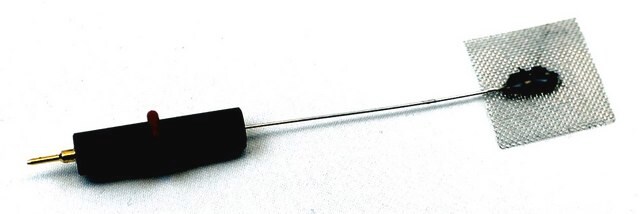349372
Platinum
foil, thickness 1.0 mm, 99.99% trace metals basis
Sinônimo(s):
Platinum black, Platinum element
About This Item
Produtos recomendados
Nível de qualidade
Ensaio
99.99% trace metals basis
forma
foil
resistividade
10.6 μΩ-cm, 20°C
espessura
1.0 mm
pb
3827 °C (lit.)
pf
1772 °C (lit.)
densidade
21.45 g/cm3 (lit.)
cadeia de caracteres SMILES
[Pt]
InChI
1S/Pt
chave InChI
BASFCYQUMIYNBI-UHFFFAOYSA-N
Categorias relacionadas
Descrição geral
Quantidade
Código de classe de armazenamento
13 - Non Combustible Solids
Classe de risco de água (WGK)
nwg
Ponto de fulgor (°F)
Not applicable
Ponto de fulgor (°C)
Not applicable
Escolha uma das versões mais recentes:
Já possui este produto?
Encontre a documentação dos produtos que você adquiriu recentemente na biblioteca de documentos.
Os clientes também visualizaram
Artigos
Can there be an effective strategy for finding breakthrough materials, since they are, by definition, unpredictable? One answer is found in Combinatorial Materials Science techniques, which represent a powerful approach to identifying new and unexpected materials.
Nossa equipe de cientistas tem experiência em todas as áreas de pesquisa, incluindo Life Sciences, ciência de materiais, síntese química, cromatografia, química analítica e muitas outras.
Entre em contato com a assistência técnica
